What is a SWOLF score is the topic of our blog this week. SWOLF score explained: with 15 tips on improving to make you a better swimmer an achieve your perfect SWOLF score. Stop relying purely on your 100m split times and start measuring your swim efficiency with SWOLF. This is essential reading if you are looking to swim longer distances.
I originally created this post in 2019 but have been working with panel of swim experts to update this with our latest update in Feb 2024. Continually really valuable insights on why you can get value from SWOLF metrics to improve swimming insights.
As a competitive swimmer for 3 decades including coaching many Juniors and Adult triathletes I have compiled this article. In addition across Trivelo we have a number of swimming specialists who write for us and have been able to review and improve the information.
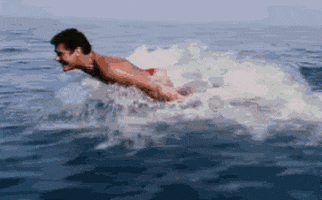
Content Guide
- What does SWOLF mean?
- Discovering your SWOLF scores
- How is SWOLF calculated?
- Can you use SWOLF for open water swimming?
- What does average SWOLF score mean?
- What is a good SWOLF score?
- What is a good SWOLF score in open water swimming?
- What can SWOLF tell us?
- How to Improve your SWOLF score
- What do the SWOLF charts mean?
- Why is SWOLF not a good measure?
- Best watch to track your SWOLF
What does SWOLF mean?
Starting with the basics, what does SWOLF mean? Essentially SWOLF is an abbreviation for SWim gOLF. This magic SWOLF number will help bring more science to your swim training and improve your performance. It is a swimming metric designed to help measure swimming efficiency.
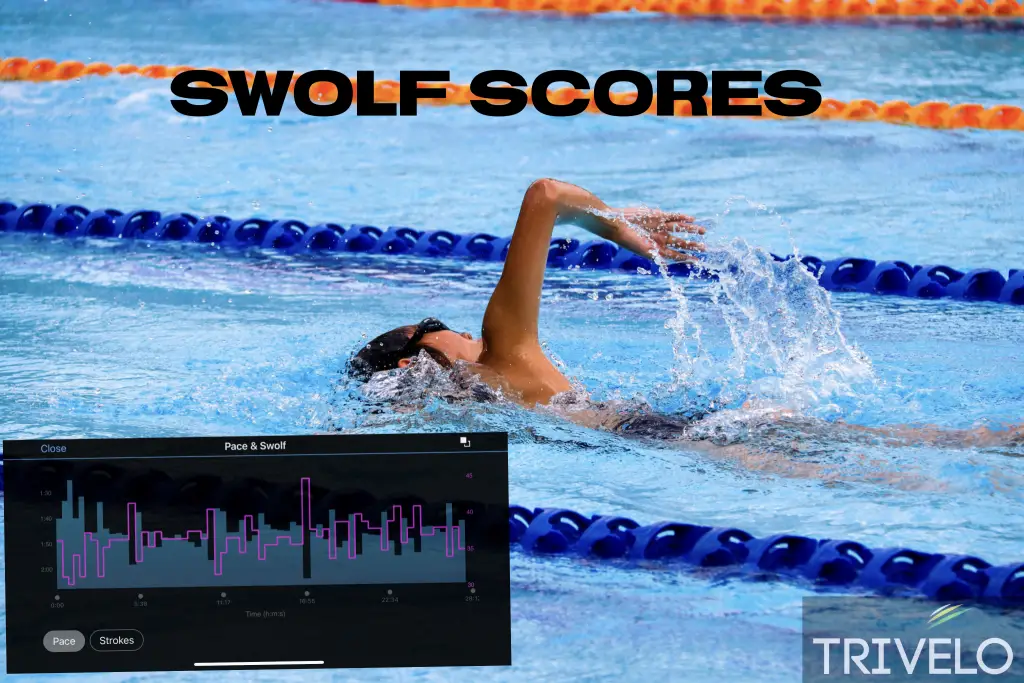
Discovering your SWOLF scores
If you have a multi-sport watch such as the Garmin Forerunner 965,955, 945 or a Suunto 9 you will have seen SWOLF. You may well have read with interest your SWOLF score after a swim but ignored it. Dismissing it as something relatively useless with the number meaning nothing to you. Is a big number good or bad? What number should I be aiming for? How is the number calculated? We will try and cover all of this and provide the answers. Don’t ignore SWOLF as this is a useful indicator of your swimming efficiency.
How is the SWOLF score calculated?
Starting with how the number is calculated. Your SWOLF score is the sum of the time for one pool length (assuming a 25m pool) plus the number of strokes for that length. For example, 30 seconds plus 15 strokes equals a SWOLF score of 45.
For open water swimming, SWOLF is equally calculated over 25 meters. SWOLF is a measurement of swimming efficiency and therefore like golf, a lower score is better. So stop beating yourself up if you keep getting a smaller number! It isn’t a measure of speed alone though so don’t use your SWOLF score alone to determine your finishing time in your next race.
FORM swim smart 2 goggles have their own swim scoring metric. Read how this is calculated and compares to SWOLF in our post on the FORM swim score. The Head of Coaching Science at FORM was kind enough to spend time with me in an interview to explain the scoring in detail.
Can you use SWOLF for open water swimming?
You may have a target to swim in open water this year. Going for longer distance is a great reason to pay attention to SWOLF in your training. A GPS swimming watch tracks your swimming when outdoors. With your SWOLF score calculated in 25m chunks it still tracks your SWOLF score in open water. So, yes you can track your SWOLF score when swimming in open water.
If you want to find out more about swimming in open water read our article on mastering open water swimming. I regularly am asked for tips on open water swimming as it is a real worry for many people. The article is a collection of tips from our panel of over 100 Trivelo test associates and my own experience from open water.
What does average SWOLF score mean?
Every 25 meters of swimming produces a unique SWOLF number. At the end of your set these scores are summed and then divided by the number of 25m increments. Thus giving you an average of the individual scores through the set. When data from your multi-sport watch is uploaded to Garmin connect or equivalent you get trend analysis of your SWOLF scores.
We are always looking for new reviewers. Join our mailing list for updates on content to help you go faster but also for chance to join our reviewers with free stuff. We send it for you to review. You write an awesome review and keep what we sent. We won’t clog up your inbox just send you an email if we have something to review or worth your time. Sign up now with a simple email address and no other information requested. We won’t ask for your life story!
What is a Good SWOLF score?
The basic idea of SWOLF is that the fewer strokes and less time you take, the more efficient your are in the water. As a result you should use the SWOLF score to track your efficiency in the water which for triathlon is almost as important as your speed.
If you are after a target number to aim for then anything 40 is considered a good SWOLF score.
Essentially your SWOLF score helps you track how much juice you will have left after the swim leg before you hit the bike in triathlon. What you are looking for is a quick time out of the water that you can deliver efficiently enough to still perform well on the bike and run. It isn’t a replacement for a CSS (Critical Swim Speed) pace but is good to help with that efficiency question. Speed = No. Efficiency = Yes.
What is a good SWOLF score in Open Water swimming?
SWOLF scores are calculated in the same way regardless of swimming in open water or in a pool. So a good SWOLF score in open water is anything under 40. This mirrors your targets for pool swimming. If comparing open water scores to pool scores you should be looking to be lower in open water as there is no turns on each lap to slow you down.
Have you ever considered a DryRobe? A staple feature of any pool or open water swimming venue for the past couple of years. We’ve reviewed a new alternative to DryRobe with our review of the White Water Robe. It is cheaper and a bit more subtle on the branding. See the review to find out if cheaper means lesss quality.
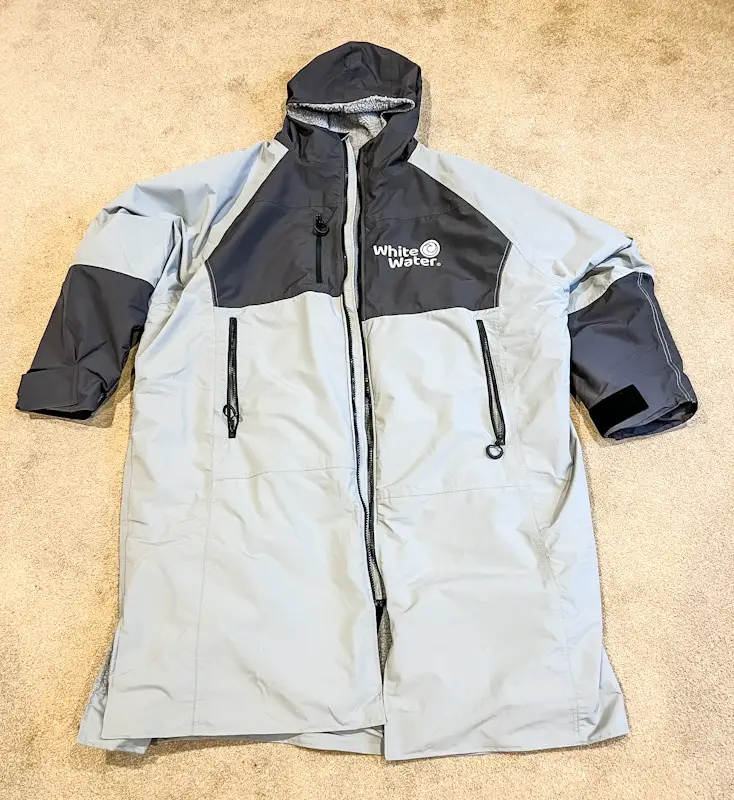
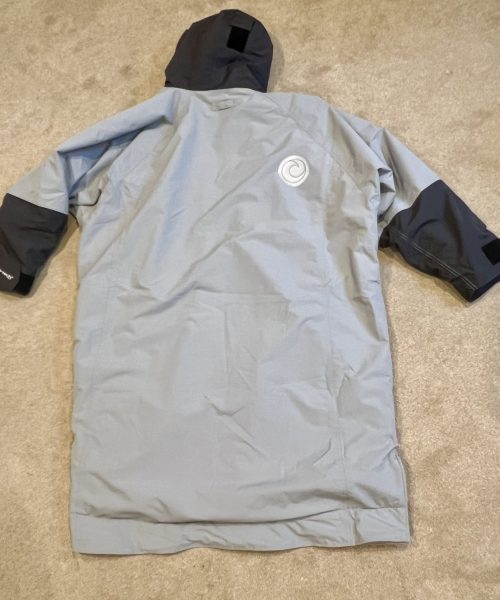
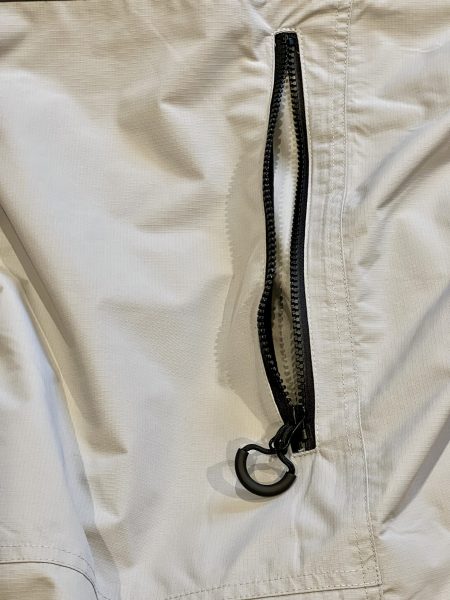
What can SWOLF tell us?
SWOLF is better than simply counting strokes because you can lower the amount of strokes taken by gliding along in the water. This slows you down, something the SWOLF score will indicate. So, there is no point in gaming the score. Swimming with a very slow glide through the water using few strokes. This is technically efficient you might as well just be doing breast stroke and potter around while having a chat. This will equally leave you exiting the water with plenty of energy but so far behind the pack even a Tour De France paced bike leg is unlikely to help you.
An SWOLF score isn’t an exact science as you need to consider we are all different sizes. It is a relatively good indicator if coupled with pure time and CSS type inputs on your performance. General consensus across the experts is that a score in the region of 35-45 is good and no need to keep pushing yourself harder than you already are.
How to Improve your SWOLF Score
If you are knocking around a score of 50 then your goal is essentially to get this number as low as possible. There are three different ways to do this and reduce your SWOLF score:
1) Reduce the number of strokes you take but maintain the same time per length of the pool
2) Maintain the same stroke rate but reduce the time taken per length.
3) Or most likely achieve an improvement against both with less strokes and less time over 25 metres.
Technique and efficiency is something that you can only develop through practice. Strength and overall fitness are enhanced through training. The SWOLF score shows that optimal swimming is a balance between efficiency (stroke length) and power (stroke rate). SWOLF is a pool drill designed to measure efficiency in swimming. It’s been used by some of the best swimmers in the world. Including Olympic champions, and some of the sports’ leading coaches. It is worth noting that SWOLF is not particularly meaningful in comparing different swimmers.
Read our latest post with 15 ways to improve your SWOLF score including an instant tip you can apply today.
If you struggle with dragging your feet and a weak core we recommend using buoyancy shorts to help provide elevation. This will lift your core and directly help reduce your SWOLF score. Learn more in Do Buoyancy Shorts Work? Learn why they are a useful addition to your swim training.
What SWOLF am I?
So where am I in the world of SWOLF scores to give some sense of reality to this? On a good day I push a sub 40 SWOLF score with a more lazy session leaving just the wrong side of 40. Swimming is in reality my strength in the triathlon three disciplines and in most pool sessions I can hold my own. Tee me up next to a proper dedicated swimmer though and I have my arse kicked all over the pool. In most races to date I tend to find myself in the top quarter of the pack. So if you are struggling with your swim and you have an SWOLF score in the 50’s a good target may be to try and get your score to around 45. This should see you find yourself competing in the thick of the pack.
Improving core strength for better SWOLF scores
Swimming with a more flat swimming position helps streamline your body. Swimming with a lifted core requires stability and strength across your middle. By strengthening your core muscles you allow your body to hold your legs higher in the water. If you want to find some easy exercises to do at home and improve core strength read our core strength training article with a 10 minute routine you can do from home.
There are huge benefits to exercising at lunchtime. This can be swimming where a pool is accessible or core strength workouts. Read our 7 reasons to exercise at lunchtime and why this is good both for your health and work productivity.
What do the SWOLF charts mean?
When you track your swimming the SWOLF score can be tracked in a multi-sport app such as Garmin Connect. You can review your swim within this application but what do the charts mean? The chart provides each interval SWOLF score which from the below diagram you can see as the purple block of results. The app then allows you to overlay this result with either your Pace measured over 100 metres or your stroke rate over a 35 metre distance. If doing structured swimming you can adjust your stroke rate and effort to get the right balance for efficient swimming.
Why is SWOLF not a good measure?
SWOLF is intended to give you a metric of the efficiency of your swim. It is ultimately flawed as it isn’t actually measuring effort. There is no heart rate element to the score so impossible to determine effort applied. It is merely combining time with stoke rate. To be truly effective it needs to combine heart rate into this number seeking a lower heart rate linked to lower effort.
Don’t do this if trying to improve your SWOLF score
With SWOLF calculated based on number of strokes over a 25 metre swim you may be tempted to glide. A strong push off the wall and glide half the pool. DON’T DO THIS. Firstly your SWOLF will not improve as time is the biggest factor so it will go up. Secondly, when you get into your stroke you will be so near to zero you will be effectively starting from zero on each lap. Losing any gains from your push off. Finally it isn’t improving your swimming even if SWOLF improved. Focus on the tips outlined to improve and your SWOLF will go down and your swimming efficiently will follow.
Swimming Wetsuits to help lower your SWOLF score
For open water swimming in lower temperatures you will benefit from a swimming wetsuit. For me it makes the experience much more enjoyable! A poor fitting swimming wetsuit will restrict your movement and slow you down. If you want to aid lowering your SWOLF score by using a wetsuit then make sure it is suitable. If you want to find the right swimming wetsuit read our guide with 15 swimming wetsuits with something for all budgets.
Best watch to track your SWOLF score
While you could track your SWOLF score manually I would recommend using a specialist watch for this. Below is my favourite watch for tracking your SWOLF score.
Garmin Forerunner 965 Multisport GPS Watch
The Garmin Forerunner 965 is my choice as the best watch to track your SWOLF score.
The Daddy of triathlon watches and a masterclass in swimming smart watch technology. Unfortunately all that pedigree and capability also comes with an eye watering price tag against others in this line up. Garmin have worked to refine the recipe since the 80’s inspired 910XT. Each rebirth of this classic has added more functionality and slimmed down the profile. The latest model being lighter and thinner than any previous while still delivering a wrist based heart monitor. If you are serious about triathlon this is a real contender.
If you are thinking about buying or upgrading to the Garmin 965 read our in-depth comparison of the Garmin 965 v 955 v 945. With some vital information on why the 955 might suit you more as Garmin are not releasing some of the same functionality on the 965.
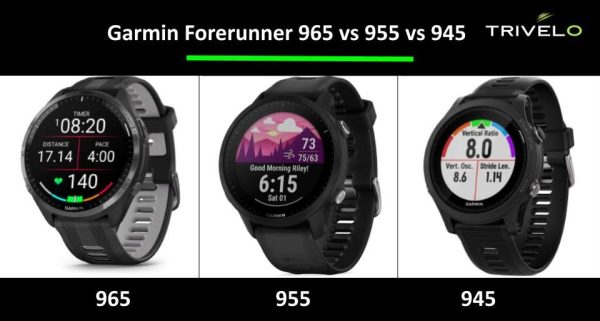
Does Apple Watch measure Swolf?
Apple watch does measure average SWOLF score. In Apple WatchOS 9 (released September 12th 2022), with numerous improvements for swimming. Apple conscious it wanted to keep up with Garmin for tracking swimming and competing for this market. Amongst the changes it included tracking for kickboard sets in the pool as a new stroke type. The release also included improvements to track swim efficiency with a SWOLF score. This allows the Apple Watch to count strokes combined with the time to swim one length of the pool. This allows the watch to calculate and record SWOLF.
Professional Swimmers SWOLF scores compared – INFOGRAPHIC
Compare how Micheal Phelps, Alistair Brownlee and Trent Grimsey’s SWOLF swimming scores compare over very different distances. We’ve been calculating the swim scores so you can compare your scores with the best of the best. Check our SWOLF infographic for the details.

Still looking for ways to improve your swimming? Check out our triathlon blog article on swim parachutes: do they help improve your swimming for further tips to improve in the pool. Or check out all our most popular swimming posts right now.
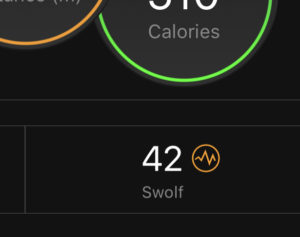





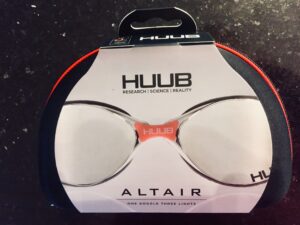
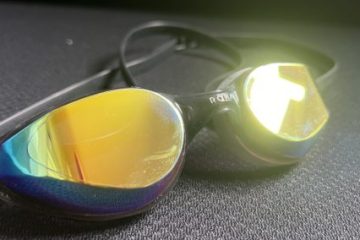
9 Comments
Nigel Askins · 19/04/2020 at 1:31 am
Useful if only we could go swimming. Soon as back in the pool will make use of this.
Steve Miles · 30/03/2020 at 5:28 pm
SWOLF score alongside CSS really makes sense now and will be tracking when doing training now, as soon as I get back on the pool that is!
Miles Reeney · 30/03/2020 at 2:18 am
At last I understand. Wish now I could get in the sodding pools to do some swimming and use my SWOLF scores.
Julie Day · 19/11/2019 at 7:55 pm
Thanks for sharing this. Been bugging me for ages what the flipping scores meant after my swims!
Beginners Guide to Triathlon FAQs - Trivelo · 05/02/2021 at 2:27 pm
[…] >>> SWOLF score explained: Essential Swimming Metrics […]
Orca 3.8 Wetsuit Review - Triathlon Blog · 15/10/2019 at 7:56 am
[…] are moving away from the technology or it is so fundamental now it doesn’t merit mention. My Garmin SWOLF scores are consistent with the wetsuit which suggests not a huge impact from […]
Do Buoyancy Shorts Work? - Triathlon Blog · 16/09/2019 at 11:24 am
[…] by a pair of buoyancy shorts. If you are not familiar with SWOLF check out our article on the Garmin SWOLF score explained for more […]
Huub Sphere Neoprene Buoyancy Shorts Review - Trivelo Triathlon Blog · 07/08/2019 at 8:30 am
[…] distance over multiple swim sessions and compared CSS and SWOLF scores. See our earlier blog on SWOLF scores for more on what this means. The comparison also compared swim efficiency compared to a wetsuit […]
Swim Smooth & Swim Fast - Trivelo Triathlon Blog · 25/06/2019 at 8:27 am
[…] are looking for additional guides on how smooth your swimming is check out our blog on using the Garmin SWOLF scores to measure swim […]